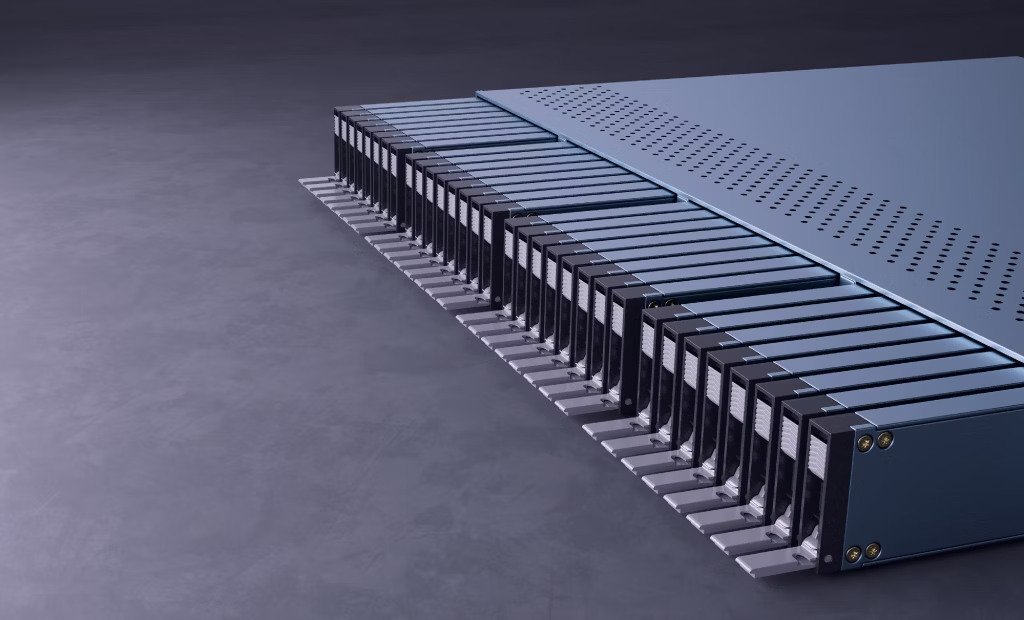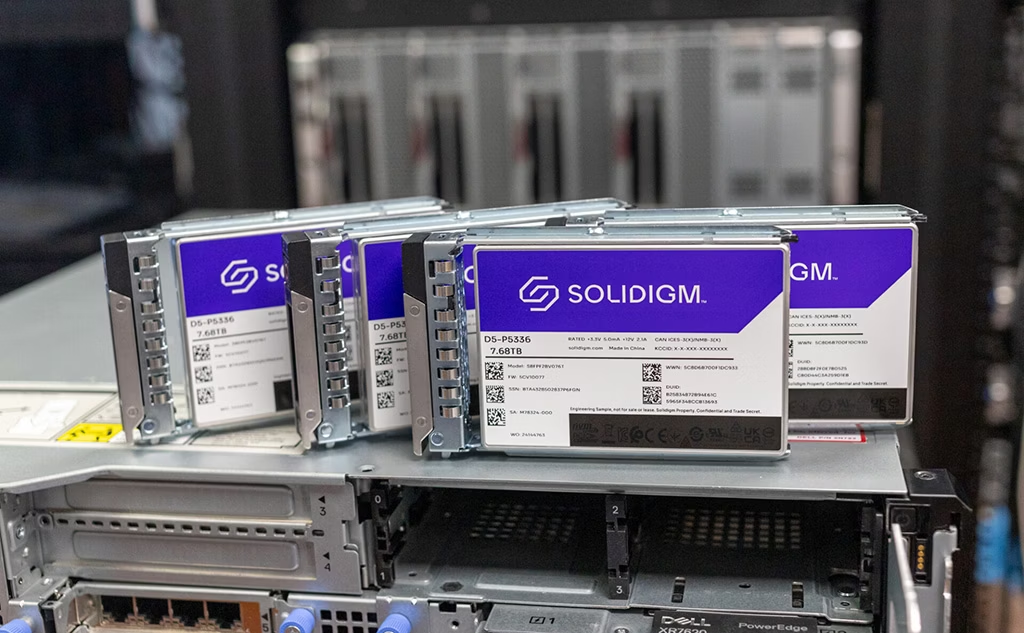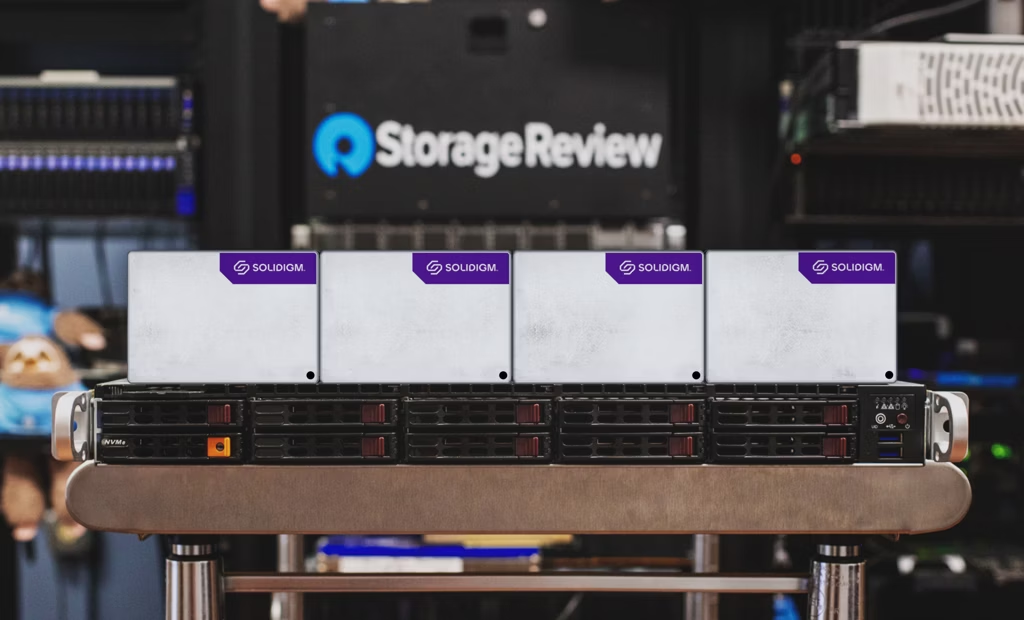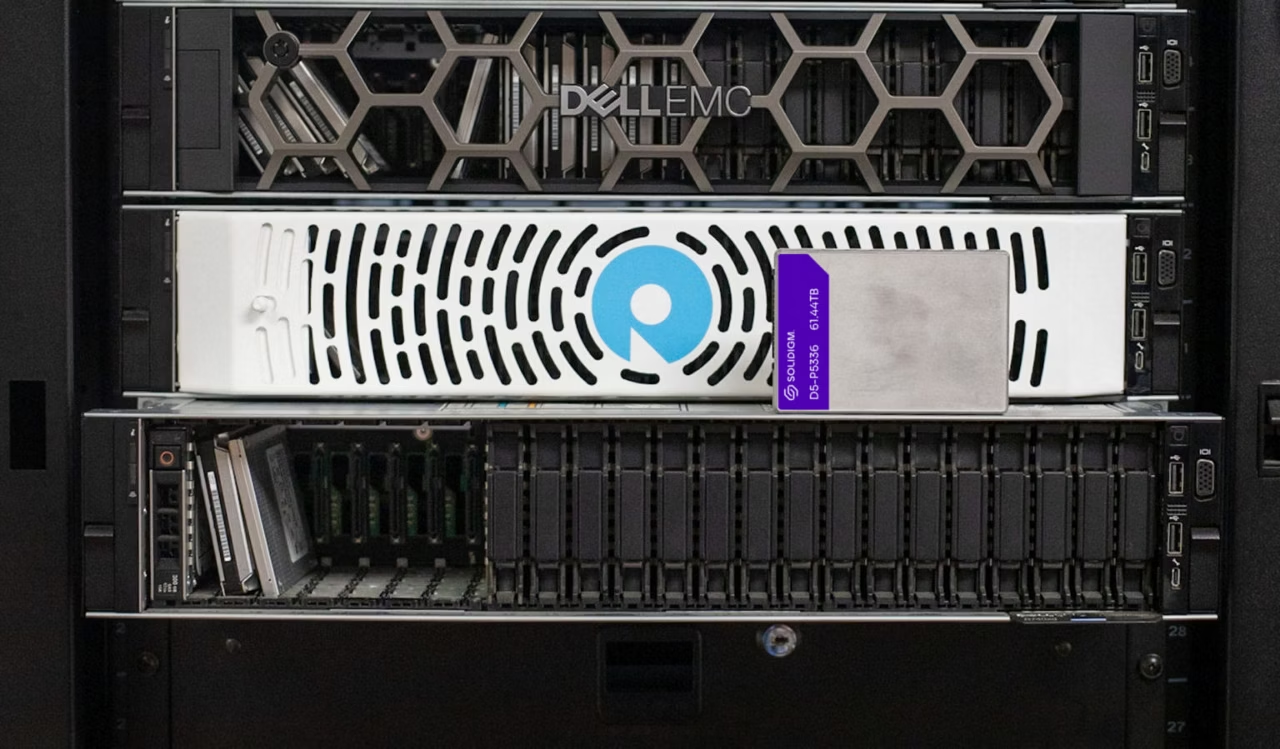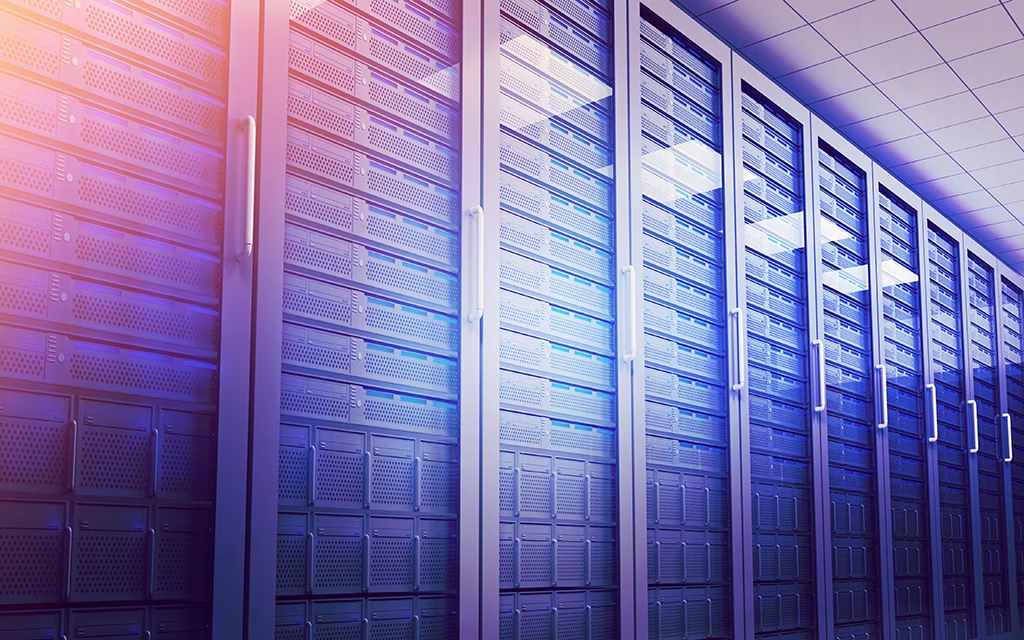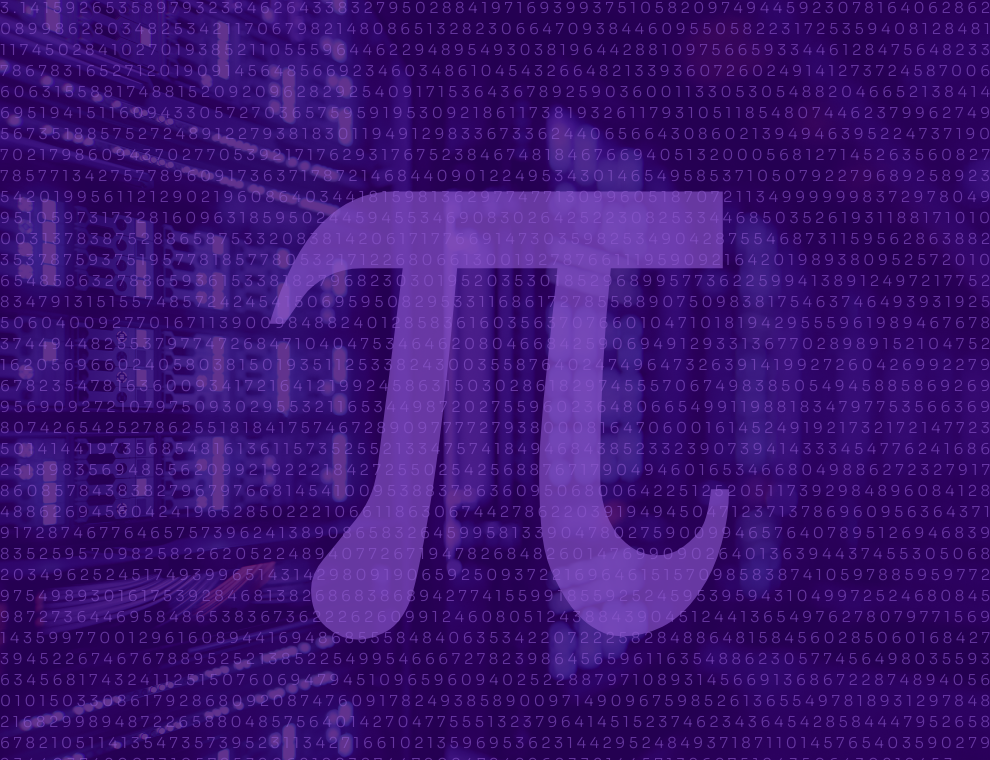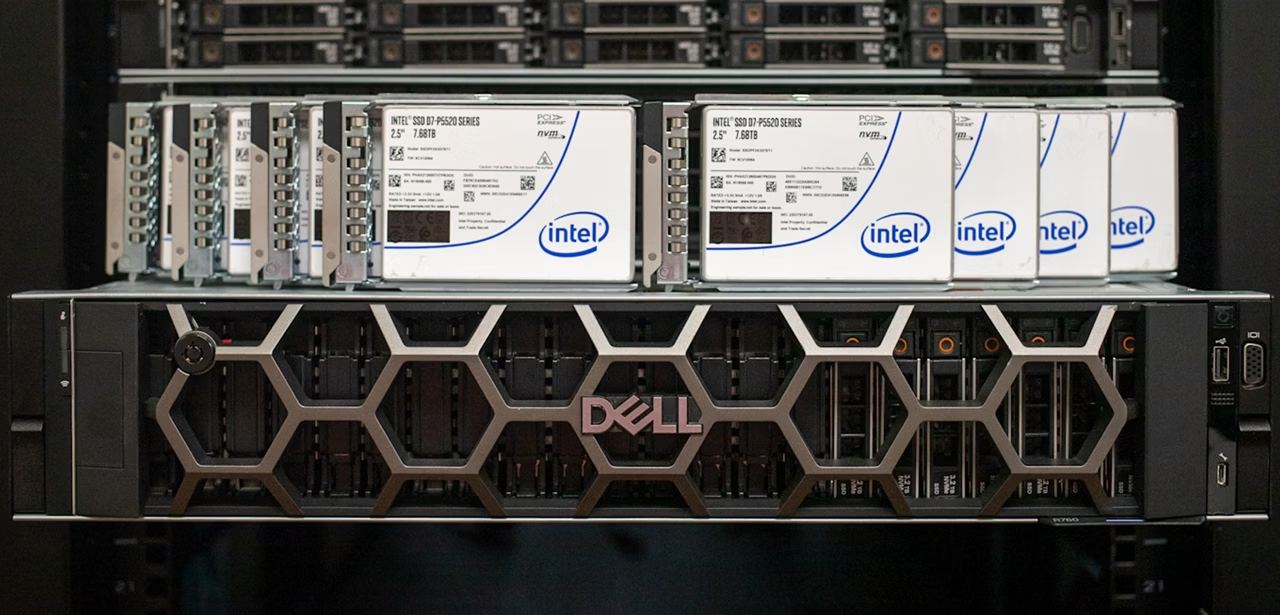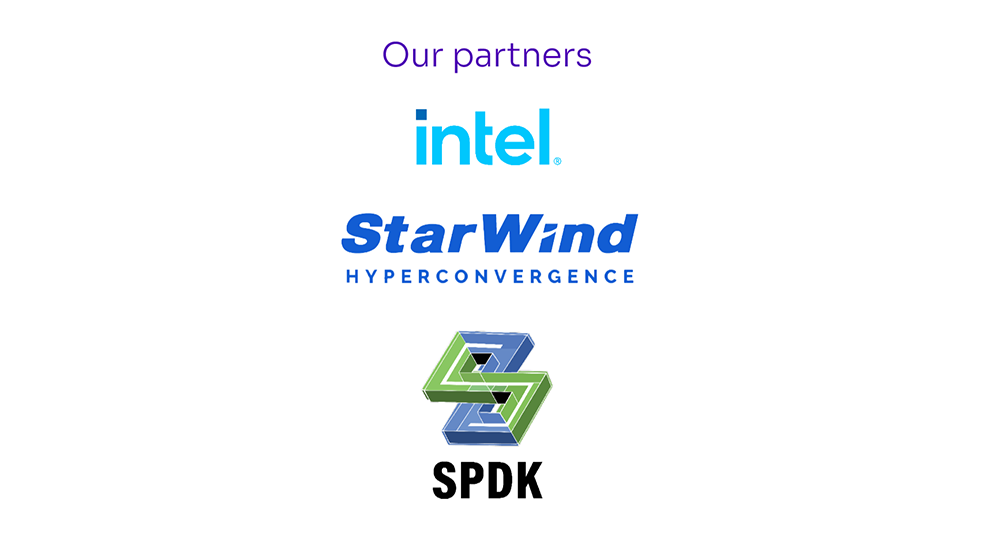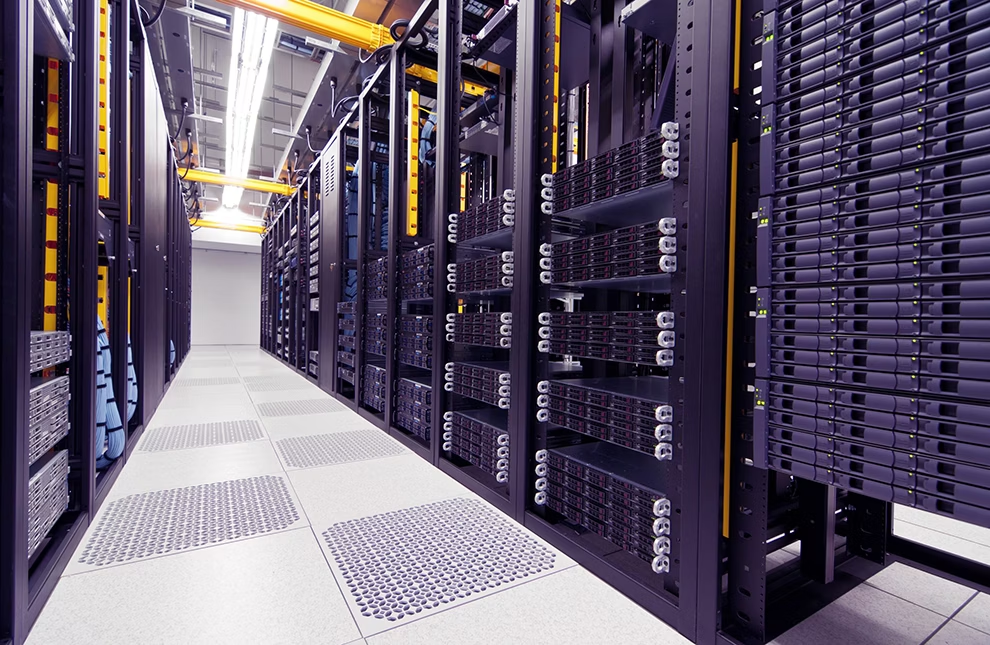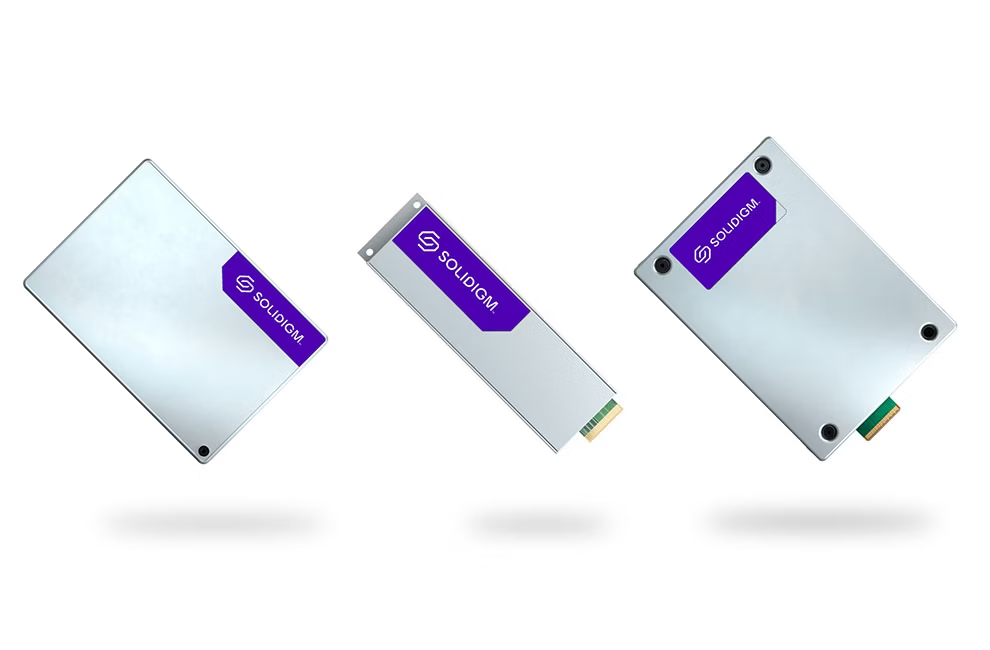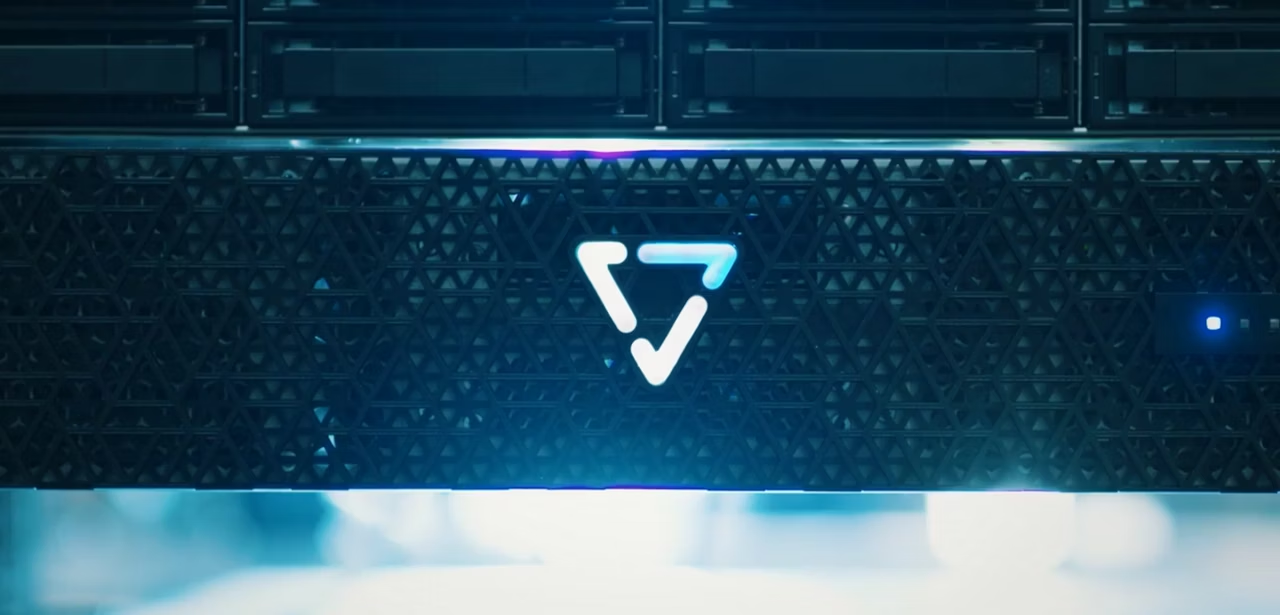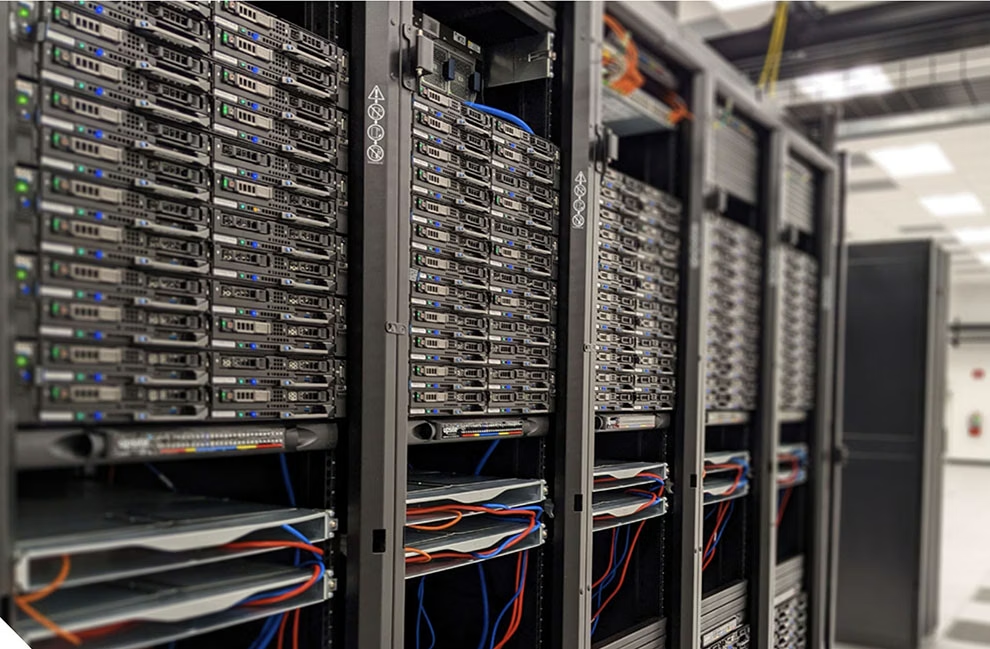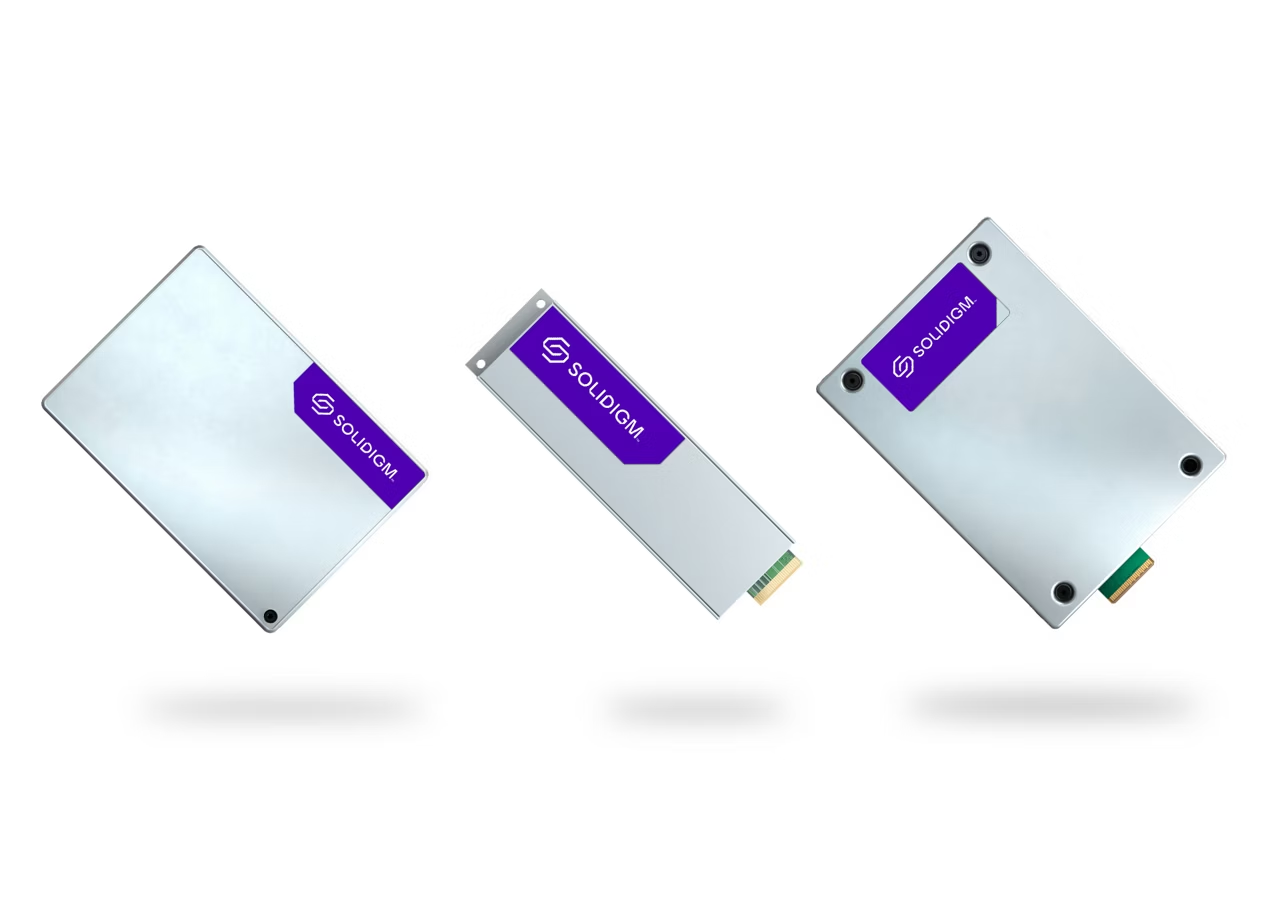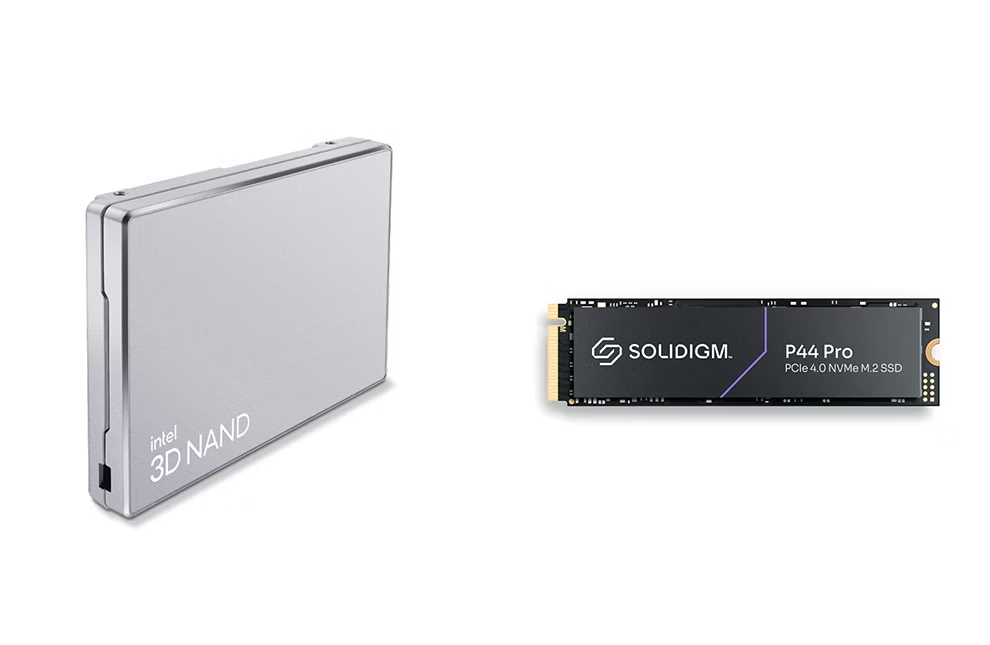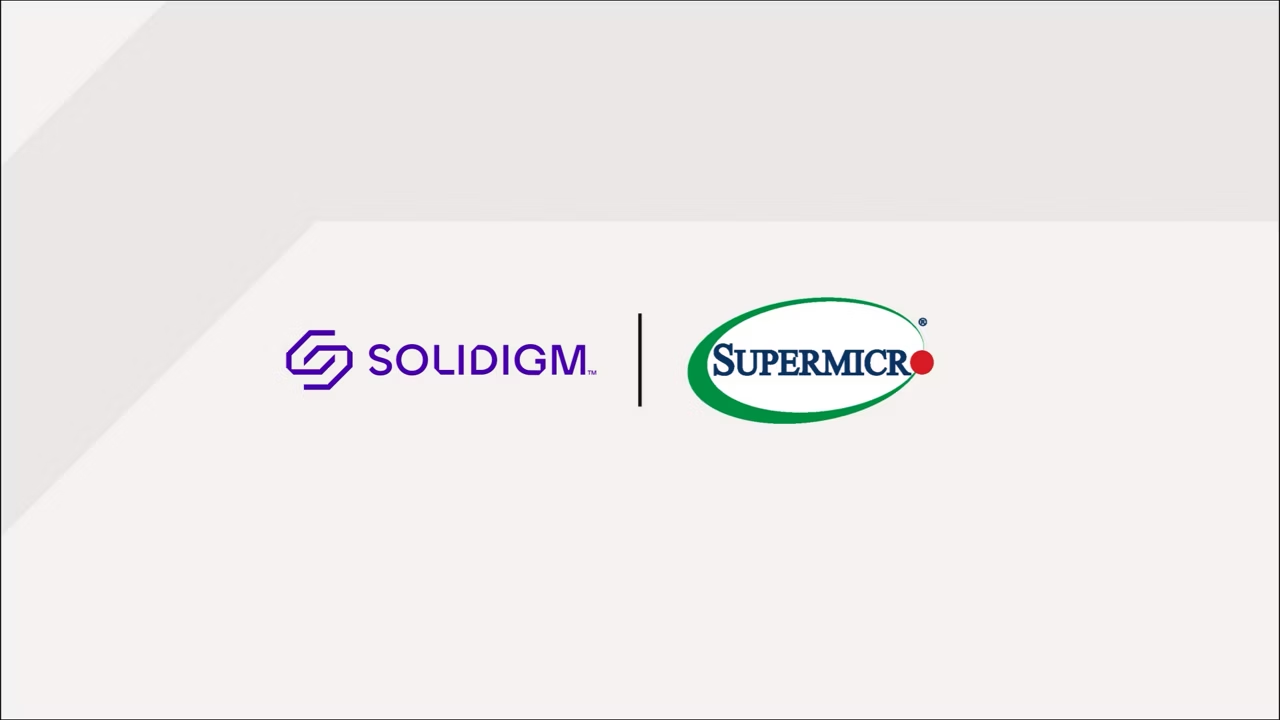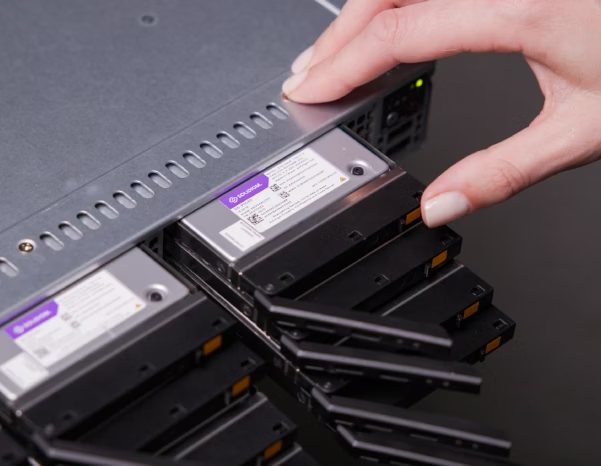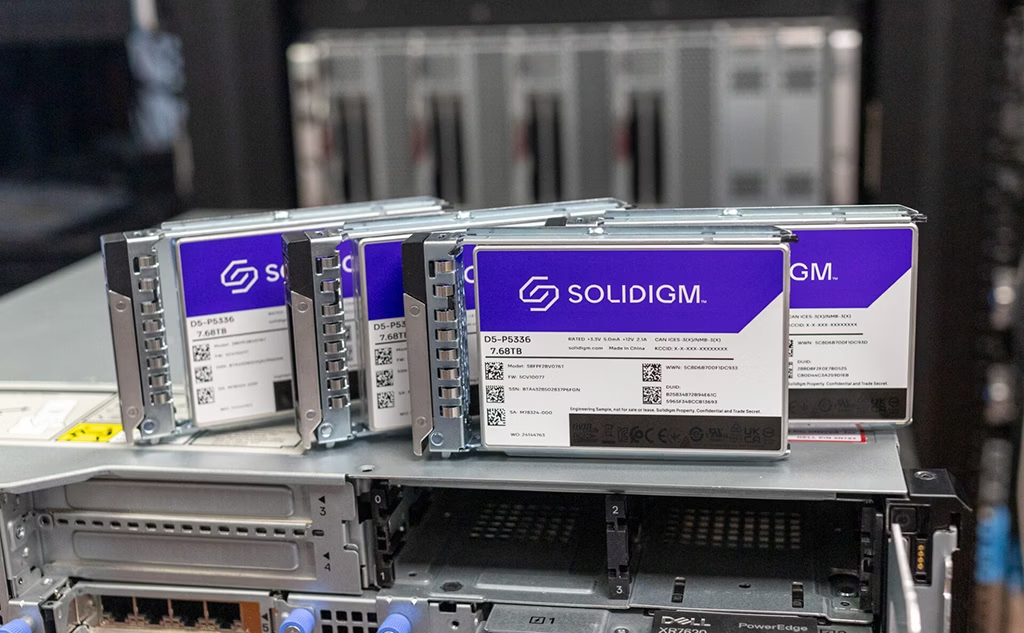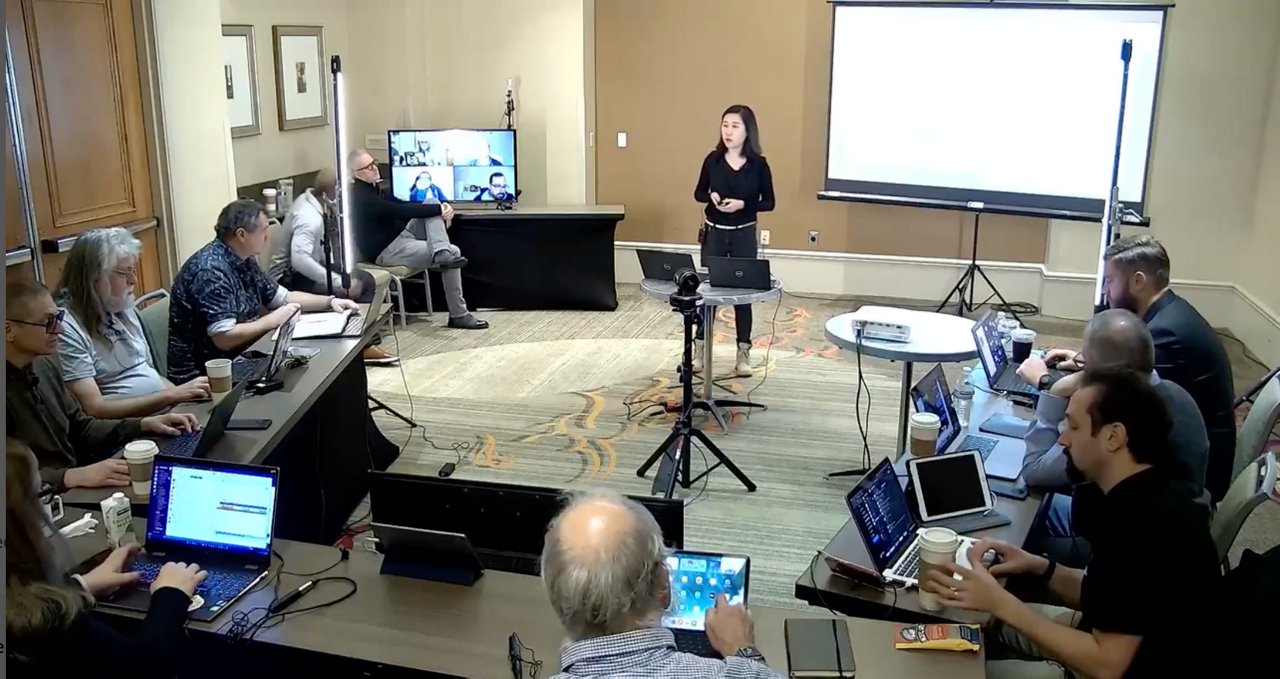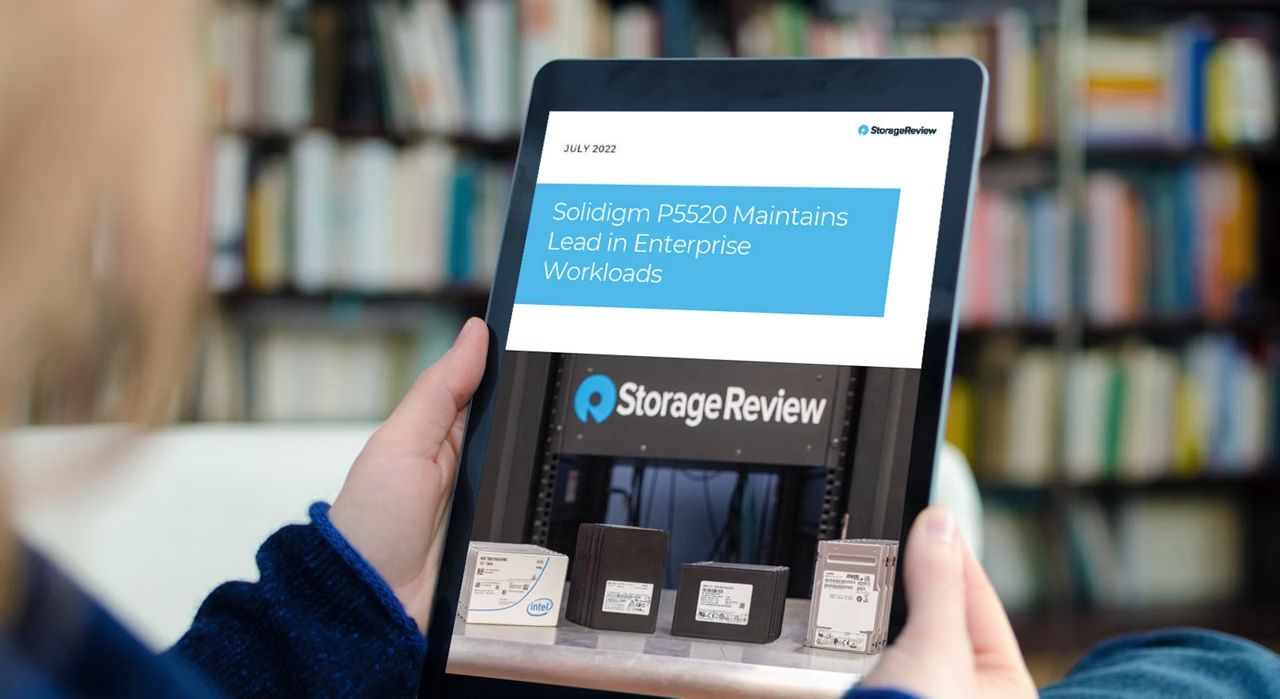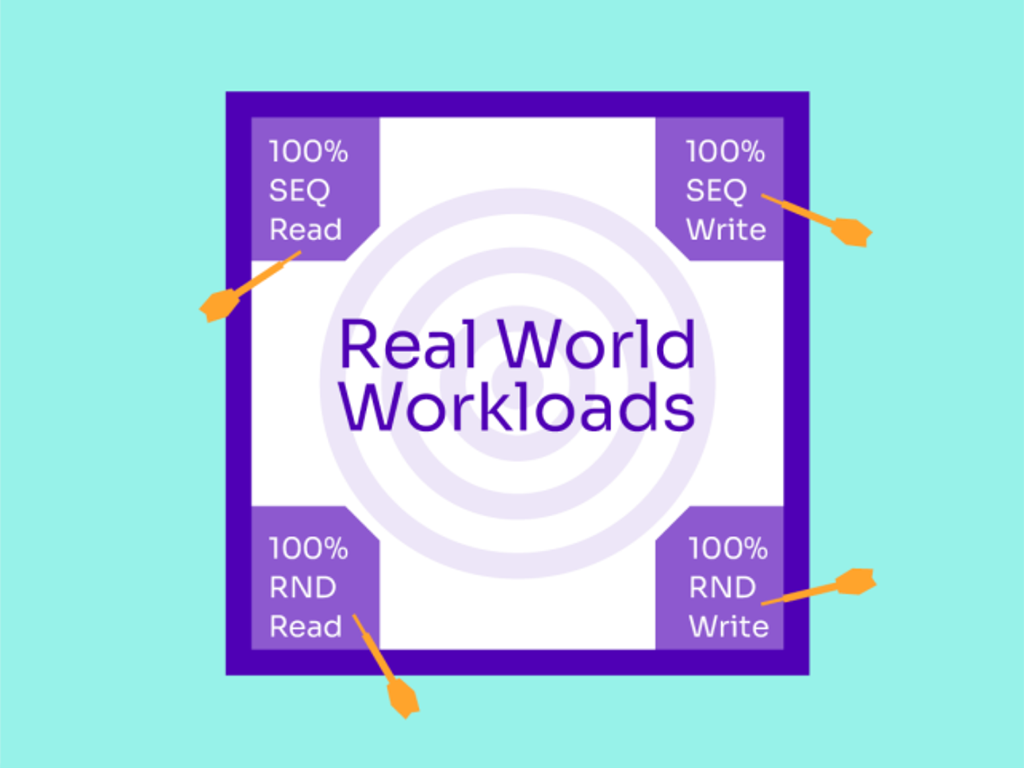Jumping Off the Deep End of AI Data Storage, an Edge Conversation
See how data storage at the edge evolves as organizations seek to process data closer to its origin.
December 2, 2025
READ MORESee how data storage at the edge evolves as organizations seek to process data closer to its origin.
December 2, 2025
READ MORESee how the first fully-liquid-cooled SSD with direct-to-chip cooling revolutionizes the AI data center.
November 18, 2025
READ MORESee how technical attributes such as capacity, performance, energy consumption, and reliability influenced the evolution of data storage from magnetic tape to HDDs and now to flash-based SSDs.
November 4, 2025
READ MORESee a detailed overview of Solidigm SSDs using MLPerf benchmark suites on two server platforms for performance insights on AI workloads.
October 14, 2025
READ MOREIntroducing the Solidigm AI Central Lab brings together storage and AI capabilities for cutting-edge research into AI training and inference.
September 30, 2025
READ MOREIndustry Solution
VergeIO's ultraconverged infrastructure (UCI) platform combined with Solidigm's advanced SSD technology integrates compute, storage, and networking into a single efficient environment.
September 16, 2025
READ MORETechnical Insights
Learn how liquid cooling, extended to storage devices in AI deployments, provides an opportunity to reduce operational costs through enhancing thermal efficiency in this white paper.
September 9, 2025
READ MORETechnical Insights
Discover how to eliminate CPU bottlenecks, maintain GPU workload efficiency, and leverage architecture unlocks scalable, cost-efficient AI infrastructure without compromising acceleration.
September 2, 2025
READ MOREIndustry Solution
Learn how DUG, Hypertec, and Solidigm collaborated on a mobile data center for deployments at the edge in the harshest of environments.
August 26, 2025
READ MORECustomer Story
Learn how InoNet and Solidigm partnered to manage storage for test drive data for autonomous vehicle safety from multiple cameras and sensors.
August 19, 2025
READ MOREDiscover how Solidigm is collaborating with companies across a wide variety of industries to take storage to the edge to power innovative technologies.
August 12, 2025
READ MOREIndustry Solution
Learn how Solidigm is enabling edge storage with more terabytes per slot, faster pipes into GPU memory, and smarter tiering that adapts to changing workloads.
August 7, 2025
READ MOREIndustry Solution
See how Solidigm QLC SSDs and the Wiwynn platform with CSAL can optimize performance and endurance for cloud IT infrastructure
August 5, 2025
READ MORELearn how retrieval-augmented generation (RAG) can solve enterprise business problems with SSD offloading from Solidigm and Metrum AI.
July 29, 2025
READ MOREIndustry Solution
Moving from traditional HHDs to all-flash QLC SSDs can reduce TCO substantially over 10 years. Take a deep dive into this cost comparison white paper to find out more.
July 22, 2025
READ MOREIndustry Solution
Discover how high density QLC drives from Solidigm with xiRAID from Xinnor increase reliability and performance in RAID rebuild scenarios.
July 15, 2025
READ MOREIndustry Solution
See how Oracle is using AI to bridge the gaps of these disparate systems to bring benefit to the communications industry in this Tech Arena podcast.
July 8, 2025
READ MOREIndustry Solution
How can you reduce your cost, system footprint and energy consumption? For AI and compute-intensive data workloads, Ocient and Solidigm can deliver. See how.
July 1, 2025
READ MOREIndustry Solution
See how Solidigm and UBIX use CSAL to further the AI storage solutions innovations and save power and space.
June 26, 2025
READ MORETechnical Insights
Discover the value of data and its ability to be processed and converted into actionable insights as we explore the ways data and storage can reshape our world for the better.
June 24, 2025
READ MOREIndustry Solution
Join Solidigm as we expound on our best-in-class solutions, history, experience, and partnerships at AI Infrastructure Field Day with experts in the AI storage arena.
June 17, 2025
READ MORECustomer Story
Listen as Anand Pradhan of the New York Stock Exchange explain how storage plays a part in securing and aggregating the data used in their over 700 billion transactions per day in this interview with Roger Corell of Solidigm.
June 10, 2025
READ MOREIndustry Solution
Learn about how NAS optimized with high-capacity SSDs enables seamless data sharing among multiple servers, GPUs, and edge devices, making it ideal for the collaborative and iterative nature of AI workflows.
June 3, 2025
READ MORELearn how packaging plays a foundational role in die stacking for SSD form factors in the most dense QLC NAND on the market today.
May 27, 2025
READ MOREIndustry Solution
Learn how Antillion tackles space, weight, and mobility constraints with the help of Solidigm SSDs to design high-performance edge solutions in the smallest, most portable form factors.
May 19, 2025
READ MOREIndustry Solution
Learn how VAST Data, DUG, and Solidigm are helping solve challenges around using data for RNA sequencing, which places immense stress on storage and computing infrastructure.
May 13, 2025
READ MORETechnical Insights
Discover why enterprise compute is moving to edge processing to help companies with transaction responsiveness, service scalability, and data sovereignty.
May 6, 2025
READ MOREIndustry Solution
Discover new research from Ocient into how SSDs drive a lower carbon footprint over their lifetime to make AI applications more sustainable.
April 29, 2025
READ MORETechnical Insights
Solidigm measured the CloudFest audience to understand the state of the cloud in 2025. Learn about our insights in this report.
April 22, 2025
READ MOREIndustry Solution
Listen as Rita Kozlov of Cloudflare talks about AI, privacy, and sustainable compute in this podcast with Solidigm and TechArena.
April 15, 2025
READ MORETechnical Insights
Hear from Laura Carriere of NASA as she talks with Jeniece Wnorowski about the way they store and use massive amounts of data collected from satellites for climate simulation.
April 8, 2025
READ MOREIndustry Solution
Learn about the all-new Solidigm fully liquid-cooled SSD Ssolution that brings hot-swappable ease and fan-less cooling to enterprise storage servers.
April 1, 2025
READ MOREIndustry Solution
Listen to learn how MLCommons Storage Working Group aims to benchmark storage subsystems in support of AI workloads for infrastructure efficiency while keeping your GPUs maximally used.
March 25, 2025
READ MOREIndustry Solution
Discover how Solidigm and GIGABYTE are redefining AI training performance through cutting-edge storage and system integration. Read about their collaborative solution using high performance and high-capacity SSDs to minimize data bottlenecks.
March 18, 2025
READ MOREIndustry Solution
Learn how Solidigm S3 Fuse solutions use object storage to integrate AI training and inferencing frameworks with an open-source project to bridge S3 storage with file systems.
March 13, 2025
READ MOREIndustry Solution
Bill Panos and Ron Schop discuss HPC-as-a-service with sustainable and energy efficient liquid cooling. Watch the Super Compute 24 interview to learn more.
March 11, 2025
READ MORECustomer Story
Learn how Solidigm SSDs are helping livestock farmers breed intelligently, using AI to improve livestock production efficiency and health.
March 4, 2025
READ MORETechnical Insights
Discover how Solidigm overcomes network limitations with large capacity drives, winning for our customers with consistency and excellence in our SSDs.
February 25, 2025
READ MOREIndustry Solution
Listen to the podcast with TechArena and Solidigm as they discuss data center sustainability efforts like energy efficiency and carbon footprint with OVHcloud’s Grégory Lebourg.
February 18, 2025
READ MOREIndustry Solution
Learn how data centers are tackling performance and sustainability issues in this Moor Insights & Strategy White Paper. See how using Solidigm SSDs can conserve power without sacrificing performance.
February 11, 2025
READ MORECustomer Story
DUG Technology built a resilient and adaptive storage environment that enabled expansion into new markets. Learn about its switch from HDD to SSD flash storage with VAST Data Universal Storage.
February 4, 2025
READ MOREIndustry Solution
Learn how to maximize power efficiency in the data center with PEAK:AIO and Solidigm SSDs in this webinar replay.
January 28, 2025
READ MOREIndustry Solution
Learn how Alluxio and Solidigm created an advanced cache solution for AI workloads to reduce storage bandwidth consumption.
January 21, 2025
READ MORETechnical Insights
Learn how Solidigm QLC SSDs stack up against TLC SSDs and hybrid storage solutions in AI data center power consumption in this Signal65 Lab white paper.
January 14, 2025
READ MOREIndustry Solution
Learn how Graid Technology is using Solidigm flash storage to meet the most challenging high performance compute environments.
January 7, 2025
READ MOREIndustry Solution
Learn how high-density QLC SSDs from Solidigm are transforming the TV and film industry with edge data storage solutions.
December 31, 2024
READ MOREIndustry Solution
Learn how data is impacting the world. In particular, find out how the Solidigm 122TB QLC drive is disrupting HPC cluster performance.
December 24, 2024
READ MOREProduct Insights
Learn how the challenge of data storage for AI is being addressed with 122TB SSDs from Solidigm for real-world customer solutions from data centers to the edge.
December 19, 2024
READ MORETechnical Insights
If you are using AI with a hybrid storage array, learn how all-flash storage can optimize data placement and may even reduce TCO.
December 17, 2024
READ MOREProduct Insights
Listen in as Ocient, Iceotope, Solidigm, and Supermicro discuss scalable, energy-efficient data center solutions in AI innovation amidst growing power consumption challenges.
December 10, 2024
READ MOREIndustry Solution
Learn why the future of wildlife conservation will rely on high-performance data storage like 61.44TB SSDs from Solidigm.
December 3, 2024
READ MORETechnical Insights
Learn how extremely high-density data storage is making the data center more power efficient, lowering costs and power usage.
November 26, 2024
READ MORECustomer Story
Learn how AI workloads are leading to a transition to software-defined solutions with co-hosts Stephen Foskett and Ace Stryker as they talk with Davide Villa of Xinnor.
November 19, 2024
READ MORETechnical Insights
Discover how Solidigm engineers leveraged decades of achievements to bring the 122TB D5-P5336 SSD to the market.
November 12, 2024
READ MORECustomer Story
Learn how Taboola has scaled on-prem infrastructure to take advantage of solid-state technology with Solidigm SSDs for AI data applications.
November 5, 2024
READ MOREEvents
Learn about the role of data storage in AI for HPC and CSPs in these panel discussions from Supermicro Open Storage Summit.
October 28, 2024
READ MOREIndustry Solution
Listen to this discussion about how Ocient is using SSDs with its software architecture, analyzing large data sets for complex, always-on data workloads sponsored by Solidigm.
October 21, 2024
READ MOREProduct Insights
Discover key takeaways from the AI Hardware & Edge AI Summitt. Ace Stryker talks about power efficiency and consumption, and what they mean for AI training and usage.
October 14, 2024
READ MOREIndustry Solution
Learn how WEKA innovation provides sustainable data management that scales for the AI era in this podcast from TechArena and Solidigm.
October 8, 2024
READ MOREIndustry Solution
Learn about the role of liquid cooling in AI workloads with Iceotope and Solidigm in this podcast from TechArena.
September 24, 2024
READ MOREProduct Insights
Learn how Solidigm SSDs help AI bring new hope and possibilities to medical teams and their patients with faster, more accurate diagnoses.
September 16, 2024
READ MORECustomer Story
Hear how innovative SSD designs from Solidigm help provide a foundation for storage performance and efficiency edge environments in this TechArena podcast with Cheetah RAID.
September 10, 2024
READ MOREIndustry Solution
Join TechArena host Allyson Klein and Jeniece Wnorowski of Solidigm as they chat with Submaranian Kartik of VAST Data about its data platform for the AI Era.
September 2, 2024
READ MOREVideo
See how Solidigm is accelerating AI readiness, development, and deployment with efficient, high-capacity SSDs optimized for the AI era, enabling AI performance and efficiency at scale.
August 27, 2024
READ MOREProduct Insights
Generative AI demands more data storage than ever. Learn how the extreme storage density of Solidigm SSDs help provide AI solutions.
August 19, 2024
READ MORECustomer Story
Join TechArena host Allyson Klein and Jeniece Wnorowski of Solidigm as they chat with Ariel Pisetzky, VP of Information Technology about its content recommendation network in the AI Era.
August 6, 2024
READ MORESolution Brief
Learn how Solidigm and Xinnor partnered in a RAID 5 configuration to address AI deployment needs.
June 20, 2024
READ MORECustomer Story
Join TechArena, Solidigm, and CoreWeave to learn about delivering a scalable data pipeline to AI customers using VAST Data solutions featuring Solidigm QLC SSDs.
May 6, 2024
READ MOREWhite Paper
Flash data storage for AI is emerging as an invaluable asset. Learn about the combination of speed, scalability, and efficiency that makes it ideally suited to address the storage requirements of AI applications.
April 30, 2024
READ MOREVideo
Learn how AI data pipelines benefit from SSD storage solutions in this AI Field Day discussion from Solidigm.
April 23, 2024
READ MOREVideo
Learn from these two videos how Solidigm and Supermicro are partnering to advance the role of AI storage in meeting customer needs for AI data pipelines.
April 9, 2024
READ MOREIndustry Solution
Learn how Solidigm SSDs help drive the advancement of astrophotography with edge storage solutions for massive volumes of data.
March 25, 2024
READ MORETechnical Insights
After setting the record for calculating Pi to 100 trillion digits, StorageReview raises the stakes by revealing Pi's known digits to 105 trillion places!
March 13, 2024
READ MOREVideo
Discover why storage is key to AI workload performance and the role it plays in each phase of the data pipeline in this Solidigm and VAST Data video discussion.
March 12, 2024
READ MOREVideo
Learn how Solidigm is partnering with Supermicro to advance the role of AI storage in meeting customer needs for AI data pipelines.
March 5, 2024
READ MOREWhite Paper
Learn what role Solidigm SSDs play in advancing AI technology for data ingestion, development and deployment.
February 13, 2024
READ MORECustomer Story
Learn how Kingsoft Cloud partnered with Solidigm SSDs to design innovative object storage for AI workloads in this customer success story.
January 30, 2024
READ MOREIndustry Solution
Learn about how the “ruggedized edge” server from Dell PowerEdge used Solidigm SSDs for harsh conditions in an in-depth review by Jordan Ranous of Storage Review.
January 22, 2024
READ MOREProduct Insights
Discover emerging use cases in data consumption that benefit from QLC SSDs, driving data to the edge and in the core.
January 16, 2024
READ MOREProduct Insights
Learn how Storage Review examined Soldigm SSDs for CDN responsiveness, showing the effectiveness of dense QLC storage in Varnish Software’s Massive Storage Engine.
January 9, 2024
READ MOREProduct Insights
December 12, 2023
READ MOREProduct Insights
Watch 3 videos outlining the value of high-density storage at the edge featuring Solidigm team members.
December 5, 2023
READ MOREProduct Insights
Discover how QLC SSDs meet the needs for today’s read-intensive workloads as Solidigm presents at Gestalt IT’s Storage Field Day.
November 28, 2023
READ MOREProduct Insights
Discover how AI is changing the storage industry in this podcast with Solidigm engineers sponsored by TechArena at OCP Summit 2023.
November 21, 2023
READ MORECustomer Story
Explore how Solidigm and Cheetah RAID AI overcame data bottlenecks for data storage and delivery in autonomous vehicles, media, and entertainment with QLC SSDs in this customer story.
October 31, 2023
READ MOREVideo
Learn all about the Solidigm D5-P5336 QLC SSD in this training video hosted by Yuyang Sun, Senior Manager of Product Marketing.
October 29, 2023
READ MOREProduct Insights
Learn how the future of data storage includes Computational Storage, which will create a better ecosystem as the market and technologies move forward.
October 24, 2023
READ MOREProduct Insights
QLC is ready for mainstream workloads. Discover how data centers and enterprises are already putting this technology to work for them.
October 10, 2023
READ MOREProduct Insights
See how the new Solidigm D5-P5336 performs in benchmark tests and learn how this game-changing 60TB SSD can become your next data center storage solution.
September 26, 2023
READ MOREWhite Paper
Learn about how EDSFF SSDs can unlock cloud storage and compute for applications the use massive amount of data like LLMs and AI.
September 19, 2023
READ MOREProduct Insights
Learn about how the explosion of data storage needs is driving the transition from SATA to NVMe for better performance and lower TCO. Is it time for you to make the change?
September 12, 2023
READ MOREProduct Insights
Learn how Storage Review calculated 100 trillion digits of Pi in just 54 days with Solidigm QLC SSDs, in a third of the time of the previous Pi calculation world record set in 2022 by Google Cloud.
September 5, 2023
READ MOREProduct Insights
Learn how the Solidigm D5 Series SSDs are delivering the best performance and value for edge storage needs.
August 29, 2023
READ MOREProduct Insights
Learn how Solidigm SSDs in Dell PERC 12 relieves bottlenecks in performance for optimized outcomes in RAID card configurations.
August 22, 2023
READ MORETechnical Brief
Learn how Solidigm developed a CSAL reference storage platform in collaboration with Intel, StarWind, other industry partners, and the Storage Performance Development Kit (SPDK) community that delivers comparable performance with lower TCO.
August 15, 2023
READ MOREProduct Insights
Learn how CSAL unleashes the value of high-density NAND flash media by leveraging host-side FTL to transform any write workload to a sequential write workload.
August 15, 2023
READ MOREProduct Insights
Gestalt IT’s Stephen Foskett discusses the value of advanced solid-state drives in edge environments and highlights the Solidigm D5-P5430.
August 9, 2023
READ MORETechnical Brief
Explore how QLC SSDs can accelerate access to vast data sets with read-performance-optimized, high-density PCIe NVME technology in our workload brief.
July 31, 2023
READ MORETechnical Brief
Learn how QLC 3D NAND SSDs can help reduce storage costs through consolidation, while providing the reliability and low-latency performance needed for common, read-heavy workloads.
July 18, 2023
READ MOREWhite Paper
The right PCIe Gen 4 SSD balances data growth, increased user expectations, and budgetary challenges. Learn how to choose the right one for your use case.
July 11, 2023
READ MORECustomer Story
Learn how VAST Data created a single system affordable and large enough to handle all of an organization’s data, pulling through the value of Solidigm’s high-density QLC SSDs.
June 27, 2023
READ MORETechnical Brief
QLC 3D NAND SSDs outperform HDDs and provide substantial capacity and cost advantages over hybrid-arrays or all-TLC NAND SSD arrays. Learn more in our technical brief.
June 19, 2023
READ MORECustomer Story
Taboola content delivery platform solved their data storage challenges with Solidigm D5-series SSDs. Learn more about this customer success story.
June 13, 2023
READ MOREVideo
View the video on 3 actionable ways to improve your cloud storage in this keynote address from CloudFest 2023 presented by Alexey Rogachkov of Solidigm.
June 5, 2023
READ MOREWhite Paper
Accelerate your PC experience with the right SSD using our SSD buyer’s guide. We’ll give you the lowdown on form factor, endurance, and more so you can get the most for your money.
June 2, 2023
READ MOREVideo
Watch the Gestalt IT roundtable discussion with Solidigm and Supermicro exploring mainstream QLC SSDs for modern cloud and enterprise workloads.
May 15, 2023
READ MORETechnical Brief
Modernize your cDVR storage to reduce total cost of ownership while efficiently scaling for evolving customer needs. Learn more.
April 30, 2023
READ MORETechnical Brief
Video-on-demand providers can optimize total cost of ownership by replacing HDDs with Solidigm D5 Series SSDs for content delivery networks. Learn more.
April 24, 2023
READ MOREProduct Insights
Choosing the right-sized SSD can help you save money without losing performance. See how read-intensive workload focus are changing SSD use.
April 18, 2023
READ MOREProduct Insights
QLC SSDs are right-sized for read dominant workloads in cloud and enterprise storage. Learn how they meet the challenge for performance, density, and TCO.
April 11, 2023
READ MORETechnical Insight
Learn how secure backup options like SSDs, cloud service provides, and external storage drives can protect your data.
March 25, 2023
READ MOREProduct Insights
Explore storage options and compare TCO to learn how SSDs can provide data storage at a lower total cost, more sustainability, than HDDs or hybrid arrays.
March 21, 2023
READ MOREWhite Paper
Learn how the ultra-fast and power-efficient Solidigm P44 Pro SSD delivers performance for the most demanding PC use cases, including gaming, content creation, and data crunching.
February 26, 2023
READ MORETechnical Insight
Learn about options for servicing unstructured datasets with fast PCIe SSDs. See how Solidigm QLC or TLC solid-state drives can lower TCO for you.
December 6, 2022
READ MOREVideo
Watch 3 videos on exciting SSD topics. to learn from Solidigm engineers how QLC SSDs are solving today's biggest storage challenges for storing and moving data at speed.
November 21, 2022
READ MOREProduct Insights
Discover how Solidigm D7-P5520 compares to the competition, including mixed workloads, noisy neighbors, and high-write workloads in this third-party review.
November 7, 2022
READ MORECustomer Story
Discover how financial services companies like FI-TS can lower their total cost of ownership by using disaggregated, software-defined storage.
October 24, 2022
READ MOREInfographic
Choosing the right-sized SSD can help you save money without losing performance. Our infographic can help you understand how read-intensive workload focus is changing SSD use.
October 17, 2022
READ MORE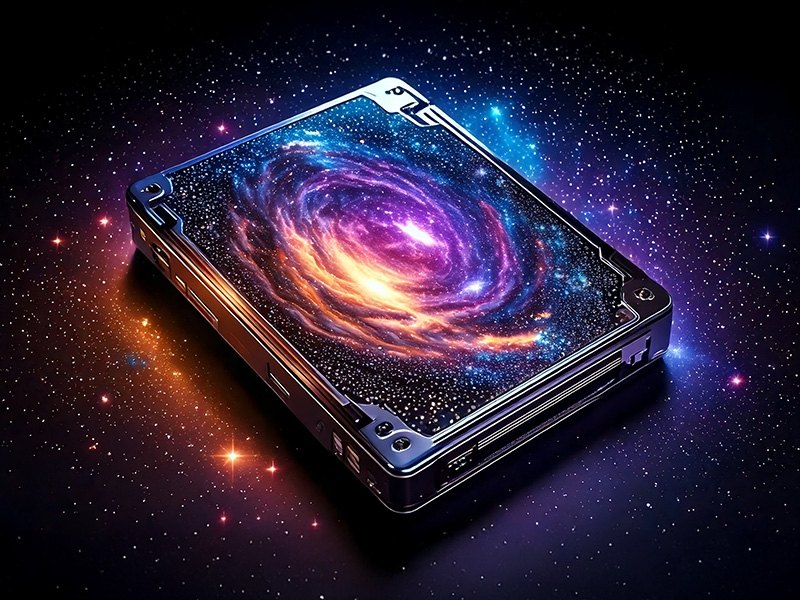



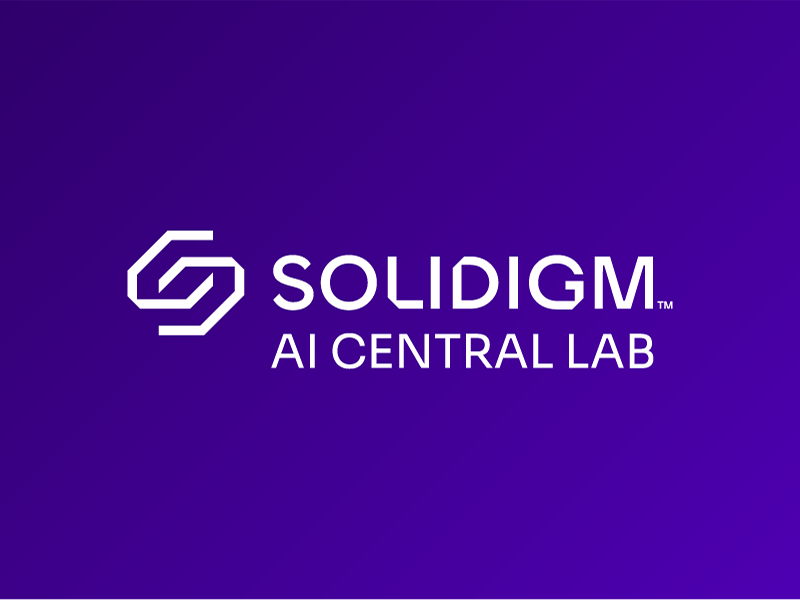


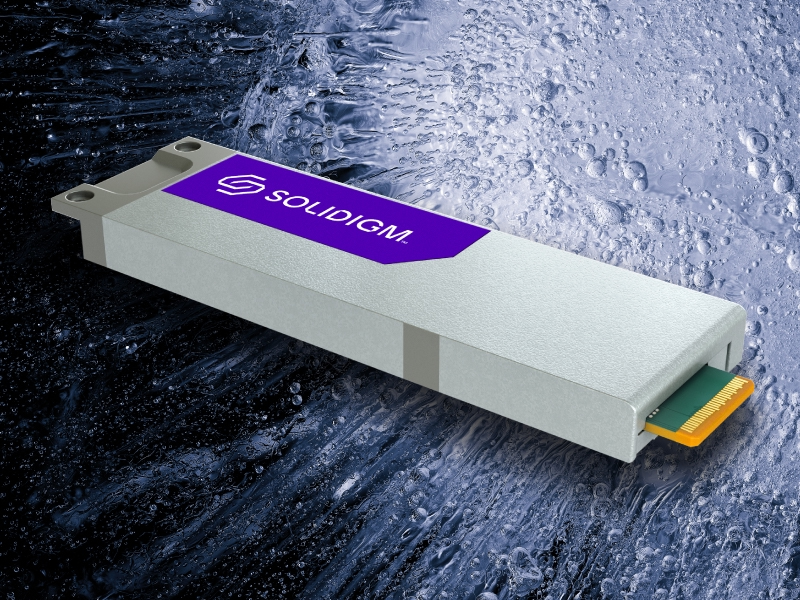





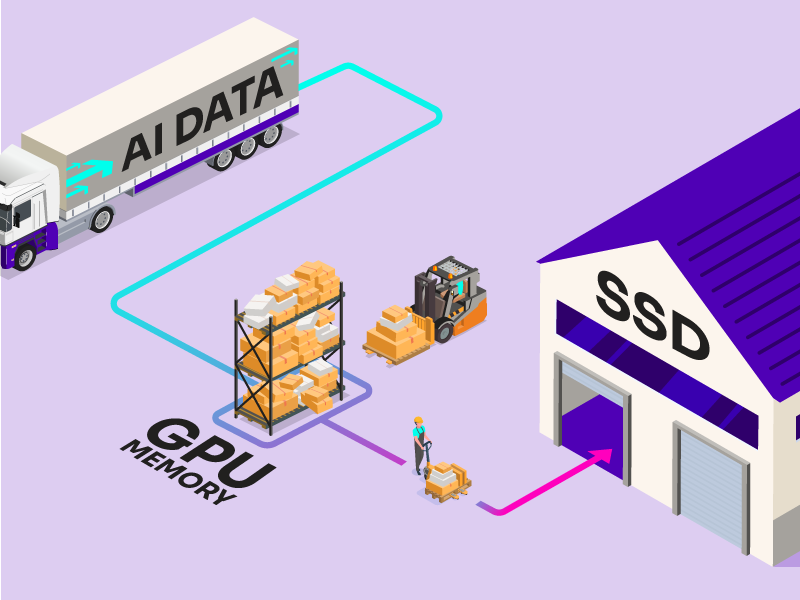


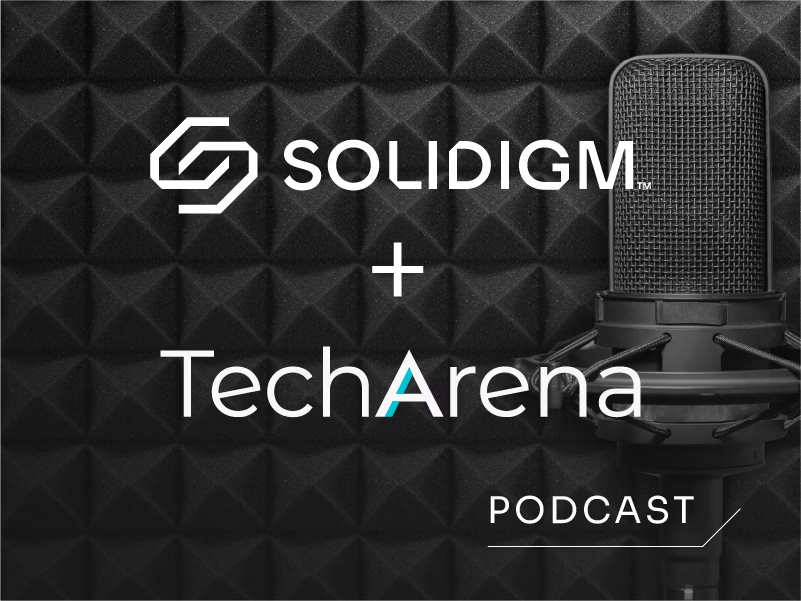








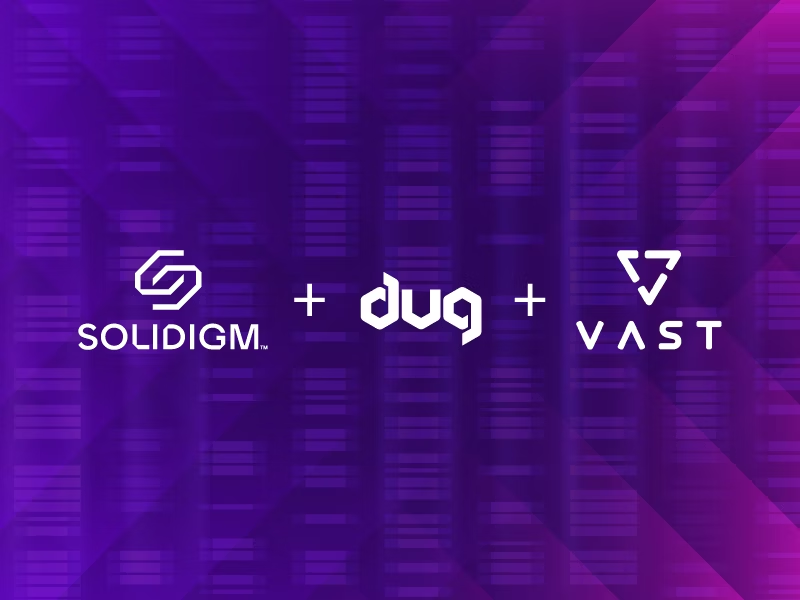



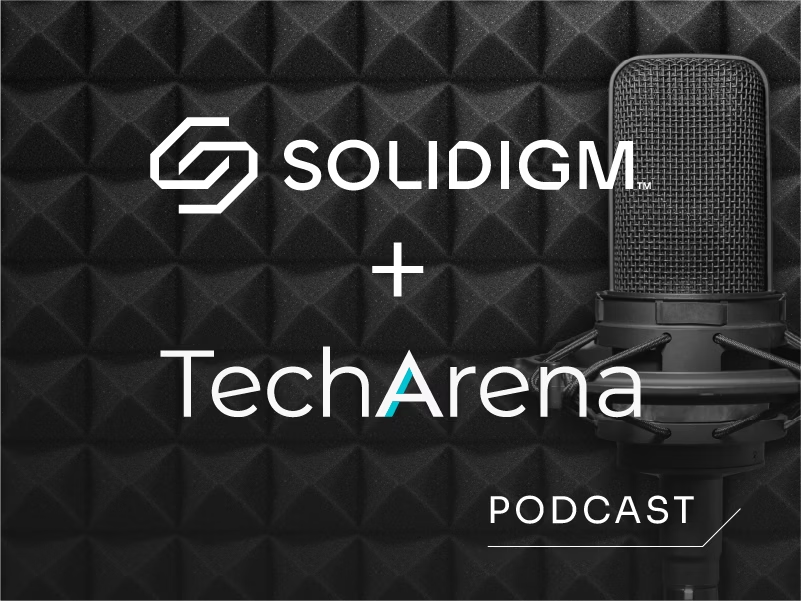



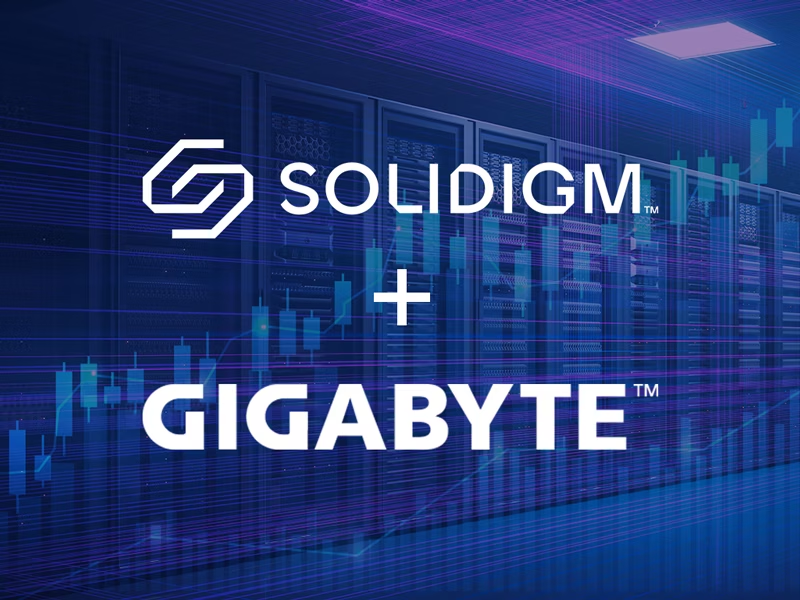




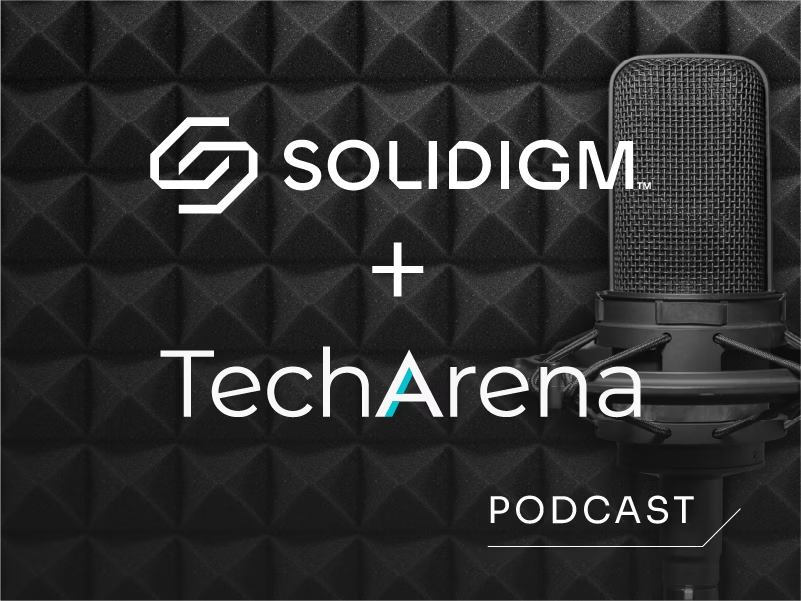




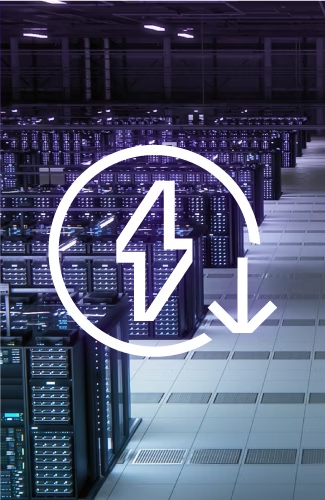
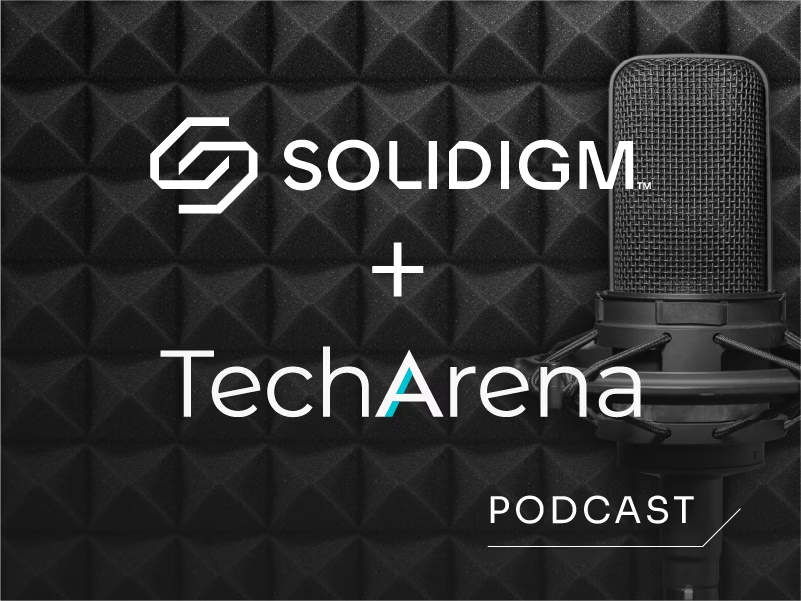








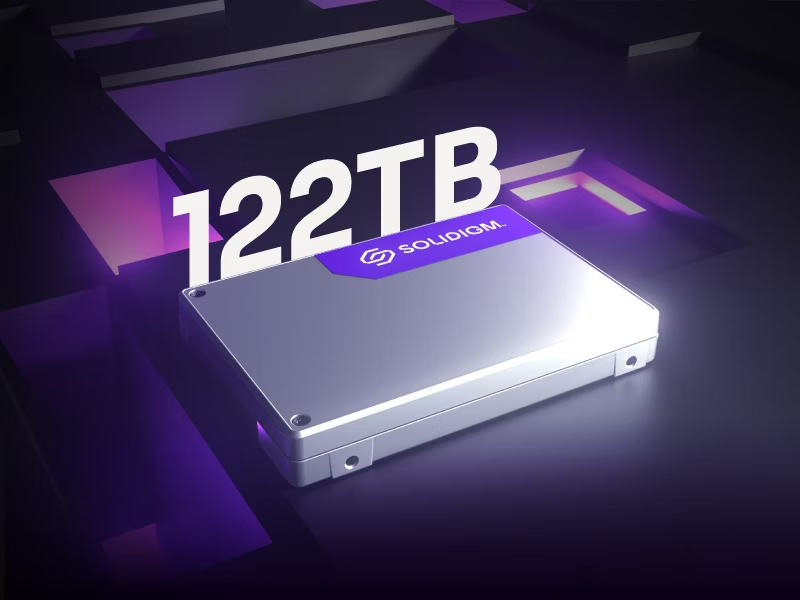

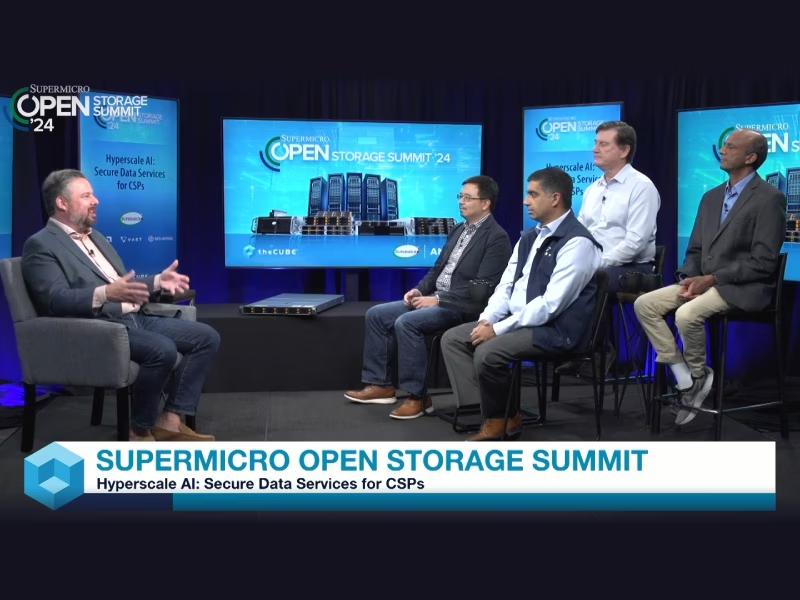



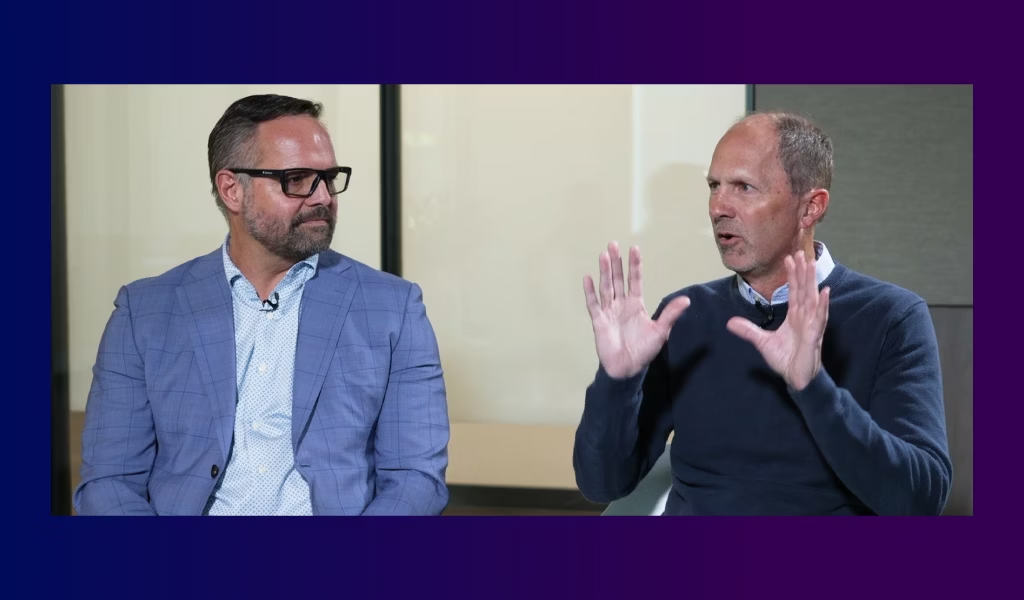
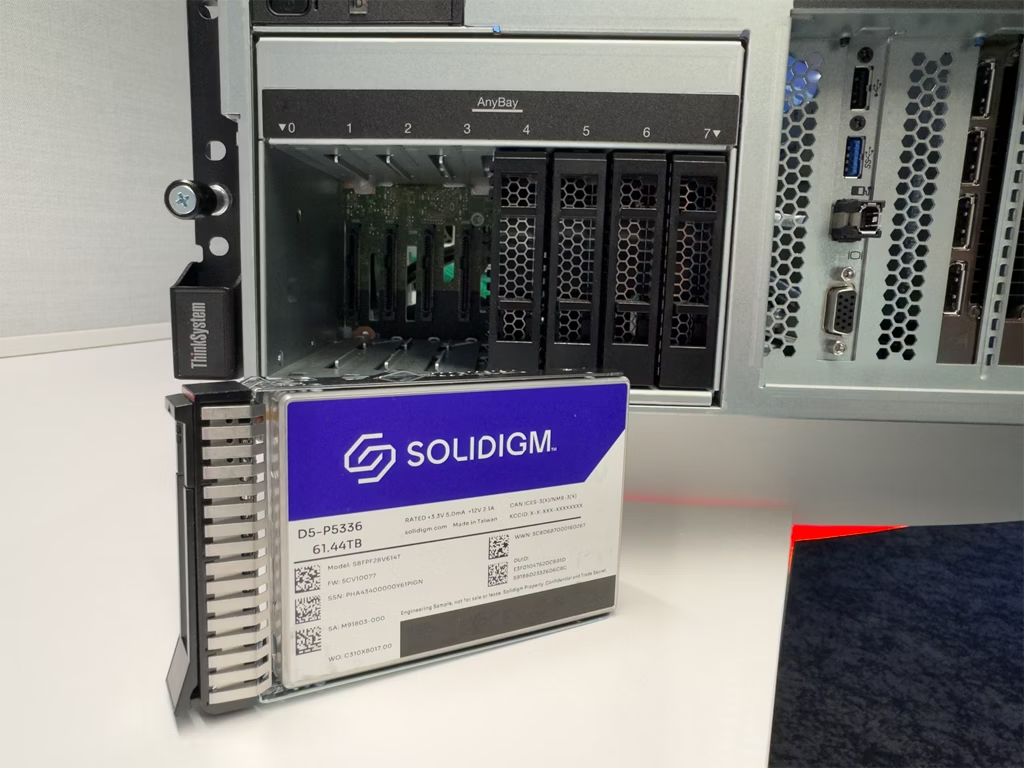


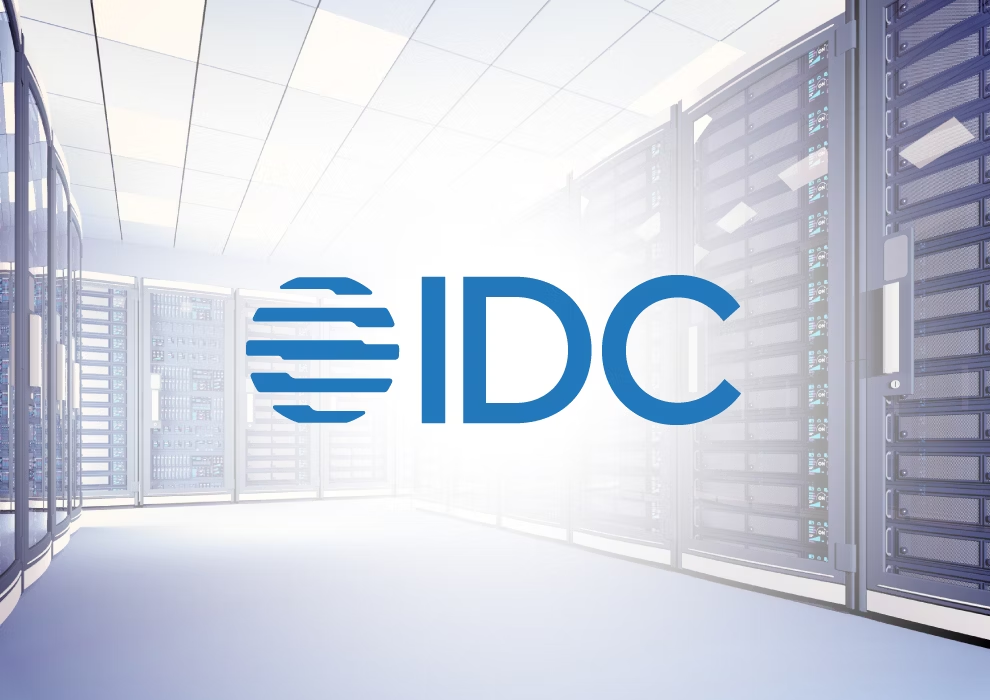



?fmt=png-alpha)


